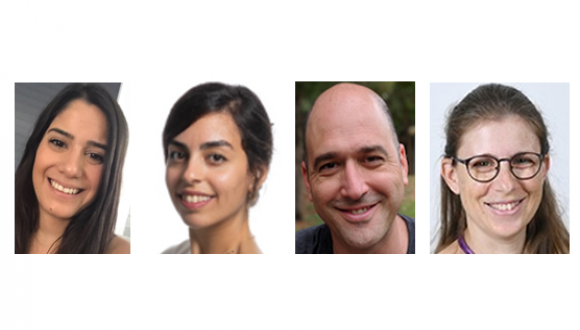February 2024: Harari, Miller, Burstein & Stern: Using big sequencing data to identify chronic SARS-Coronavirus-2 infections
A study by Sheri Harari and Danielle Miller, Edmond J. Safra PhD students (Stern & Burstein labs, Life Sciences), and colleagues, is using big sequencing data to identify chronic SARS-Coronavirus-2 infections.
Where do SARS-CoV-2 variants come from? One of the major hypotheses is that variants emerge in chronically infected patients, whose immune system is severely compromised.
Aiming to address this question, the research used the availability of over 15 million genome sequences of SARS-CoV-2 to search for signatures of chronic infections.
This research was a collaboration between Sheri Harari and Danielle Miller, Edmond J. Safra PhD student fellows, Prof. Adi Stern and Dr. David Burstein, Edmond J. Safra members (Life Sciences), and Dr. Shay Fleishon of the Israeli Ministry of Health.
The researchers employed large language models to learn the "language" of SARS-CoV-2 mutations and to infer which mutations are present in chronic infections. This allowed them to predict the mutations that come up in the next variants and spread in the general population.
The research was published in Nature Communications.





